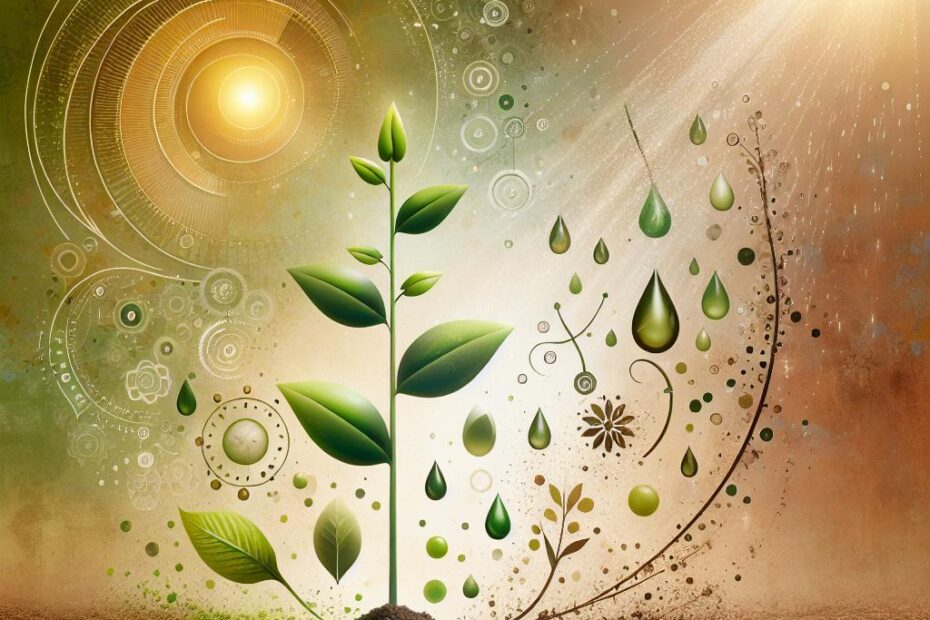Title: Plant Growing in Soil: A Comprehensive Guide
Introduction:
When it comes to growing plants, soil is one of the most essential elements. Proper soil quality can mean the difference between a thriving garden and a lackluster one. In this comprehensive guide, we will delve into the world of plant growing in soil, covering the importance of soil, the different types of soil, and practical tips for maximizing plant growth.
The Importance of Soil for Plant Growth:
Soil is the medium in which plants root themselves and extract essential nutrients for growth. It provides plants with water, air, and nutrients necessary for healthy development. Soil also acts as a buffer, protecting plants from extreme temperatures and housing beneficial microorganisms that aid in nutrient uptake.
Types of Soil:
There are several types of soil, each with its own characteristics that affect plant growth. The most common soil types are:
- Sandy soil: Sandy soil has large particles, allowing for good drainage but poor water retention. It is best suited for drought-tolerant plants.
- Clay soil: Clay soil has small particles, leading to poor drainage and compaction. It is rich in nutrients but may require amendments to improve aeration.
- Loamy soil: Loamy soil is a well-balanced mixture of sand, silt, and clay, providing good drainage and moisture retention. It is ideal for a wide range of plants.
Practical Tips for Plant Growing in Soil:
- Test your soil: Before planting, it is essential to test your soil to determine its pH and nutrient levels. This will help you choose the right plants and amendments for optimal growth.
- Amend your soil: Depending on your soil type, you may need to amend it with organic matter such as compost, peat moss, or perlite to improve its structure and fertility.
- Mulch your soil: Mulching helps retain moisture, suppress weeds, and regulate soil temperature. Organic mulches such as straw, bark, or leaves also add nutrients to the soil as they decompose.
- Rotate your crops: To prevent nutrient depletion and disease buildup, rotate your crops each season, planting different types of plants in the same area.
- Water wisely: Overwatering can lead to root rot, while underwatering can stress plants. Water plants deeply and infrequently, allowing the soil to dry out slightly between waterings.
Benefits of Growing Plants in Soil:
- Soil provides plants with essential nutrients for growth.
- Soil acts as a buffer, protecting plants from extreme temperatures.
- Soil supports beneficial microorganisms that aid in nutrient uptake.
- Soil provides a stable medium for plants to root themselves and grow.
Conclusion:
Plant growing in soil is a fundamental aspect of gardening that directly impacts the health and vitality of plants. By understanding the importance of soil, recognizing different soil types, and implementing practical tips for soil management, gardeners can create flourishing gardens filled with healthy, vibrant plants. Remember, soil is the foundation of a successful garden, so invest time and effort in ensuring your soil is healthy and well-balanced.
By following the guidelines outlined in this comprehensive guide, you can take your plant growing skills to the next level and enjoy the beauty and bounty of a thriving garden year-round. Happy gardening!
